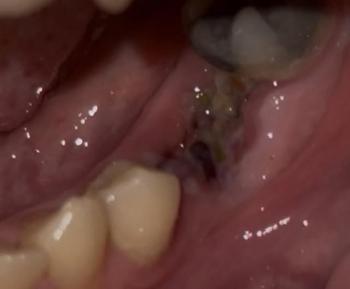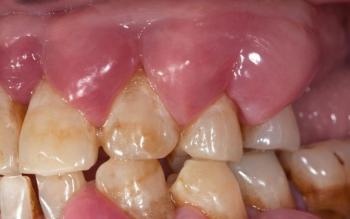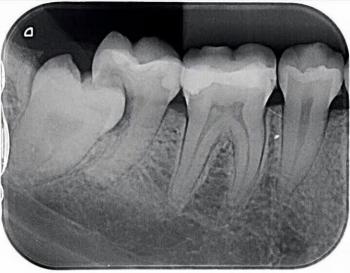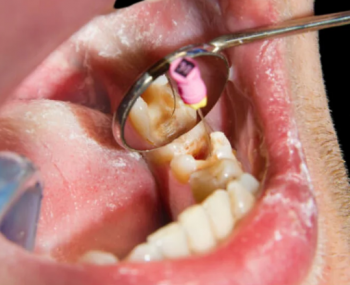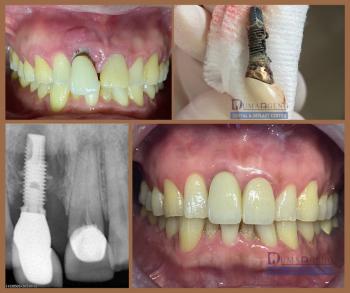Healthy Teeth, Happy Life.
Market Condition Analysis: Dental Implants Industry
1. Market Overview
The global dental implants market has been experiencing steady growth, driven by increasing awareness of dental health, advances in implant technology, and a growing aging population. Dental implants are increasingly preferred over traditional dentures due to their durability, functionality, and aesthetic benefits. The market encompasses various segments, including different types of implants (e.g., endosteal, subperiosteal), materials (e.g., titanium, zirconium), and applications (e.g., single tooth replacement, full arch restorations).
2. Key Market Driverz
-
Aging Population: The global population is aging, particularly in developed regions like North America and Europe. Older adults are more likely to suffer from tooth loss, increasing the demand for dental implants.
-
Technological Advancements: Innovations in implant technology, including 3D printing, digital dentistry, and minimally invasive techniques, are making dental implants more accessible and successful, contributing to market growth.
-
Aesthetic Awareness: There is a growing emphasis on oral aesthetics, driving demand for implants that not only restore functionality but also provide a natural appearance.
-
Rising Incidence of Dental Diseases: Conditions such as periodontitis, dental caries, and other oral health issues are increasing globally, leading to a higher demand for tooth replacement solutions.
3. Market Challenges
-
High Cost: Dental implants are expensive, which can limit their adoption, particularly in emerging markets where out-of-pocket expenses are the norm.
-
Lack of Reimbursement Policies: In many countries, dental implants are not covered by insurance, making them less accessible to a broader population.
-
Availability of Alternatives: Alternative treatments, such as dentures and bridges, though less effective in the long term, are still popular due to their lower costs.
-
Regulatory Hurdlees: The stringent regulatory environment for medical devices, including dental implants, can delay product launches and market entry for new players.
4. Regional Analysis
-
North America: The largest market, driven by high healthcare spending, an aging population, and widespread adoption of advanced dental procedures. The U.S. dominates this region with its sophisticated healthcare infrastructure.
-
Europe: Another significant market, particularly in Western Europe, where the aging population and advanced healthcare systems drive demand. Countries like Germany, the UK, and France are major contributors.
-
Asia-Pacific: The fastest-growing region due to increasing awareness, improving healthcare infrastructure, and rising disposable incomes. Countries like China, India, and Japan are key markets.
-
Latin America and Middle East & Africa: These regions are emerging markets with significant growth potential due to improving economic conditions and increasing healthcare investments.
5. Competitive Landscapee
The dental implants market is highly competitive, with key players focusing on innovation, mergers and acquisitions, and expansion into emerging markets to gain market share. Major companies include:
-
Straumann Group: A market leader with a broad portfolio of implants and prosthetics.
-
Nobel Biocare (Danaher Corporation): Known for its innovative solutions and strong global presence.
-
Dentsply Sirona: Offers a comprehensive range of dental solutions, including implants.
-
Zimmer Biomet: Focuses on advanced dental implant technology and digital solutions.
-
BioHorizons and Osstem Implant: Other significant players with strong regional and global footprints.
6. Market Trends
-
Digital Dentistry: The integration of digital tools, such as CAD/CAM, 3D imaging, and intraoral scanners, is transforming the implantology process, making it faster and more accurate.
-
Growing Demand for Aesthetic Implants: Patients increasingly demand implants that not only function well but also look natural, driving innovation in materials and design.
-
Rise of Single-Stage Procedures: Advances in implant technology are reducing the need for multiple surgeries, making implants more appealing to patients.
-
Sustainability and Biocompatibility: There is a growing focus on using sustainable and biocompatible materials in implants to reduce environmental impact and enhance patient safety.
7. Future Outlooks
The dental implants market is expected to continue its growth trajectory, with a compound annual growth rate (CAGR) in the range of 5% to 7% over the next five years. The market will likely see increased consolidation as large players acquire smaller, innovative companies to expand their portfolios. Emerging markets will play a significant role in driving future growth as economic conditions improve and healthcare access expands.


